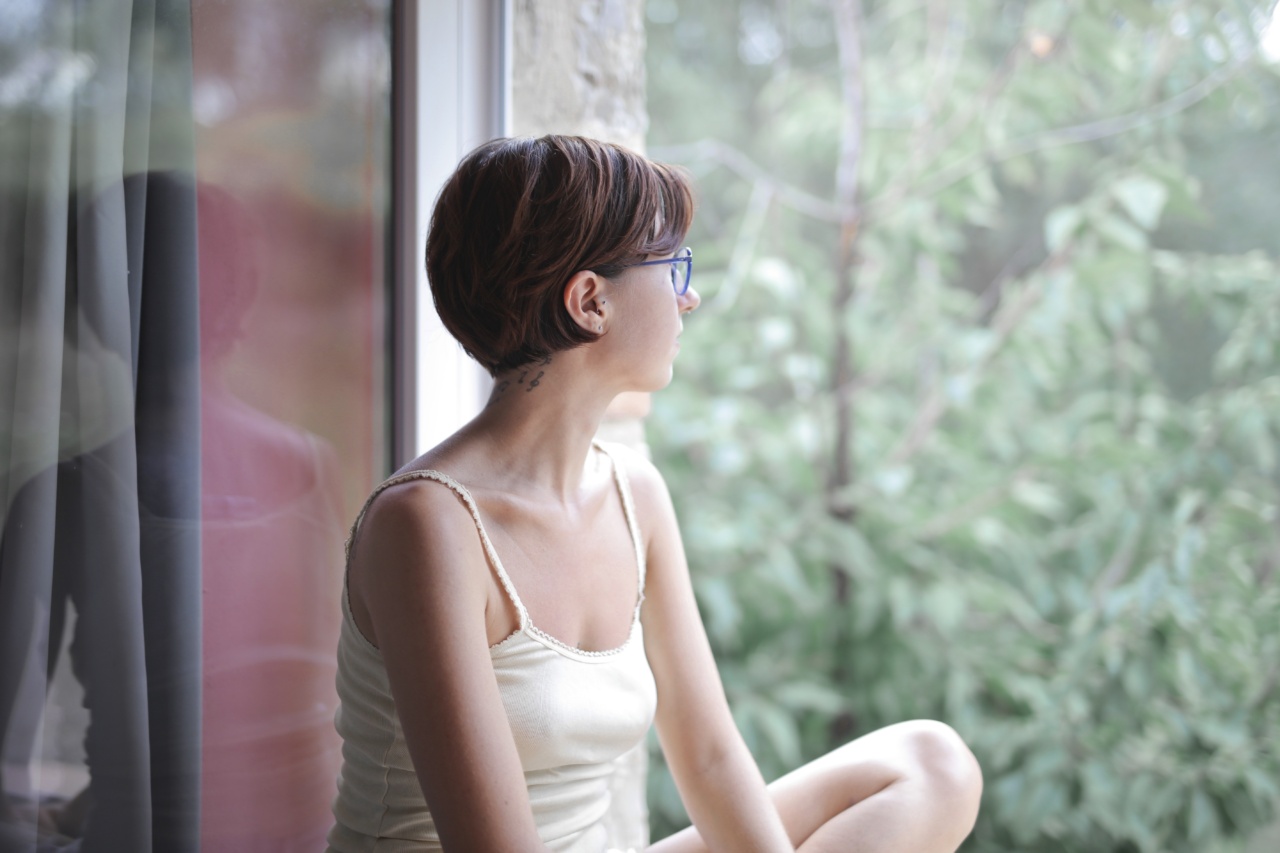In the realm of creativity, there is often a delicate balance between brilliance and madness.
Many of the greatest artists, musicians, writers, and innovators throughout history have been known to teeter on the edge of sanity, harnessing their emotions and experiences to create masterpieces that resonate with audiences around the world. This article delves into the fascinating connection between manic depression and inspiration, exploring how individuals with this condition may experience both the highs and lows of creativity.
What is Manic Depression?
Manic depression, also known as bipolar disorder, is a mental health condition characterized by extreme shifts in mood, energy levels, and activity levels.
Individuals with this disorder experience intense emotional states known as manic episodes and depressive episodes. Manic episodes are characterized by an elevated mood, increased energy, impulsive behavior, and a heightened sense of creativity and grandiosity.
On the other hand, depressive episodes involve feelings of sadness, low energy, loss of interest, and impaired cognitive function.
The Manic Phase: A Spark of Inspiration
During the manic phase, individuals with manic depression often experience a surge of creative energy. This heightened state of mind can result in the generation of numerous ideas, rapid thought processes, and the ability to think outside the box.
The intense surge of inspiration can propel artists to produce groundbreaking works that captivate audiences and push the boundaries of their respective fields.
Although the manic phase may provide a burst of creative energy, it also brings with it a range of challenges. The heightened mood and impulsive behavior can lead to poor judgment, reckless decision-making, and an inflated sense of self-importance.
Additionally, the lack of sleep commonly associated with manic episodes can gradually impair cognitive functions, ultimately hindering the creative process.
The Depressive Phase: A Well of Depth
Contrary to the manic phase, the depressive phase of manic depression may not be inherently conducive to creativity. Individuals in this state often struggle with feelings of apathy, low motivation, and self-doubt.
The deep emotional pain and desolation experienced during this phase can make it difficult to muster the creative energy necessary for artistic endeavors.
However, it is important to recognize that creative expression can also act as a form of catharsis during depressive episodes. Many artists channel their pain and sadness into their work, using it as an outlet to express their emotions and find solace.
The act of creating can be a therapeutic process, helping individuals explore their innermost thoughts and transcend the depths of their depression.
The Link between Manic Depression and Creativity
The relationship between manic depression and creativity is complex and multifaceted. While the manic phase may provide a surge of creative energy, it is important to note that not all individuals with bipolar disorder experience manic episodes.
Likewise, not all individuals who experience manic episodes possess artistic talents.
Some researchers believe that there may be a common underlying mechanism that contributes to both manic depression and creativity.
The brain regions responsible for mood regulation and creativity, such as the prefrontal cortex and hippocampus, may be interconnected in a way that allows for the emergence of both manic episodes and bursts of creative inspiration.
Unlocking the Potential: Managing Manic Depression in Creative Individuals
For individuals with manic depression, managing their condition effectively is crucial for harnessing their creative potential.
Here are some strategies that can help creative individuals with bipolar disorder navigate their manic and depressive phases:.
1. Establish a Routine
Sticking to a structured routine can help stabilize mood and provide a sense of stability. Regular sleep patterns, exercise, and mealtimes can reduce the severity of mood swings and enhance overall well-being.
2. Monitor and Manage Triggers
Identifying triggers for manic or depressive episodes can help individuals anticipate and manage their mood changes. This may involve avoiding stressful situations or adapting coping mechanisms to handle emotional triggers effectively.
3. Seek Professional Help
Working with mental health professionals such as psychiatrists and therapists is essential for individuals with manic depression. They can provide guidance, support, and develop personalized treatment plans to manage symptoms effectively.
4. Embrace Healthy Coping Mechanisms
Developing healthy coping mechanisms, such as engaging in creative activities, practicing mindfulness, or seeking social support, can help individuals navigate the challenges of manic depression and channel their emotions into productive outlets.
Conclusion
The dual nature of creativity within the context of manic depression is a fascinating subject that continues to be studied and explored.
While manic episodes may provide bursts of creative energy, it is crucial to manage the condition effectively to harness its full potential. The link between manic depression and creativity highlights the intricate relationship between mental health and the creative process, demonstrating the transformative power of art and innovation in the face of adversity.































